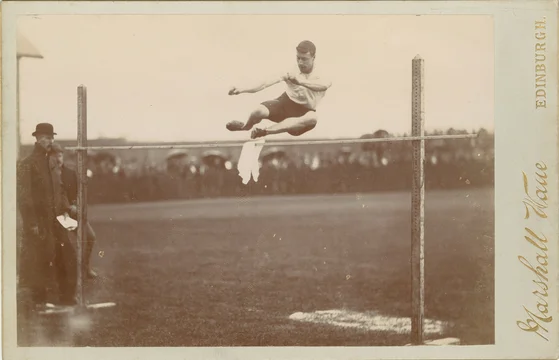
Our recent post on copyright claims concerning AI-generated images reminded me of another interesting copyright opinion from last month. In it, Judge Connolly applied a patent law damages principle to a copyright infringement case involving a computer program.
In patent cases, defendants may use evidence of non-infringing alternatives to attempt to reduce the damages calculation if their product is shown to infringe a valid patent. For example, plaintiffs may argue that they are due lost profit damages under the Panduit factors:
- Demand for the patented product,
- Absence of acceptable non-infringing substitutes,
- The plaintiff possesses manufacturing and marketing capability to exploit the demand, and
- The amount of profit plaintiff would have made.
Therefore, a defendant can lower a plaintiff’s estimate of lost profits by showing that consumers might have bought non-infringing alternatives, instead of the plaintiff’s product, if the defendant’s infringing product had not been on the market.
Non-Infringing Alternatives as Applied to Copyright Damages
In AMO Development, LLC v. Alcon Vision, LLC, C.A. 20-842-CFC at 2 (D. Del. Jan. 3, 2023), the defendant's expert had considered non-infringing alternatives in her calculation of damages. Plaintiffs then moved in limine to exclude that portion of her testimony, arguing that non-infringing alternatives are irrelevant for copyright law.
Chief Judge Connolly disagreed. He distinguished the category of “computer program” from other copyrighted materials “in that such programs almost always serve functional purposes.” AMO Development, LLC v. Alcon Vision, LLC, C.A. 20-842-CFC at 2 (D. Del. Jan. 3, 2023).
In light of those differences, according to the Court, analysis of non-infringing alternatives is relevant to calculating damages in copyright cases:
Because of the functionality of computer programs, . . . it is appropriate in a copyright case to borrow from patent law’s remedial scheme; and . . . that a defendant whose computer program is accused of copyright infringement may "offer evidence of non-infringing alternatives to meet [the plaintiff’s] claim for the profits it would have received absent infringement under Section 504(b)" of the Copyright Act.
Id. at 3 (quoting Oracle Am., Inc. v. Google Inc., C.A. No. C 10-03561 WHA, 2016 U.S. Dist. LEXIS 58302 at *7 (N.D. Cal. May 2, 2016)). As such, Chief Judge Connolly denied plaintiffs' motion in limine, allowing the expert's testimony.
This opinion shows that software remains the lung fish hybrid of the IP world—as the Court noted, "applying copyright law to computer programs is like assembling a jigsaw puzzle whose pieces do not quite fit." Id. at 2 (quoting Google LLC v. Oracle Am., Inc., 141 S. Ct. 1183, 1198 (2021)). Litigants may succeed in challenging the applicable legal framework where functional attributes of copyrighted material make patent law tenets a more logical fit.
If you enjoyed this post, consider subscribing to receive free e-mail updates about new posts.





